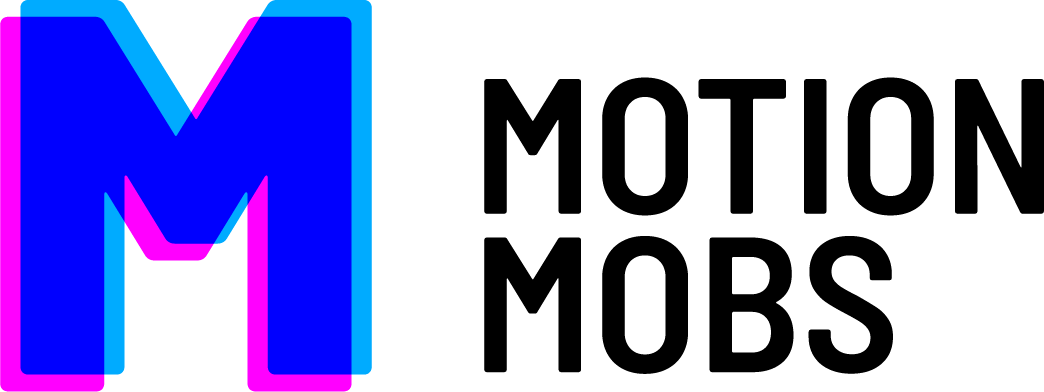Having an idea for an app is one thing. Knowing who is going to use it is another. It’s far too easy to get caught up in the excitement of your idea and completely forget to find a user other than you. General characteristics aren’t going to be enough to cut it here. “People in business” or “millennials” are huge markets with a lot of diversity, and no product is going to appeal to a market that big. Targeting after developing is a guaranteed way to frustrate yourself. So before you launch into development, here are some key things to remember about picking your target audience.
Are your users internal, businesses or consumers?
Internal users – the users within your existing company or organization – are the easiest to profile. You already know them. But make sure you know what makes them individuals and how you can make sure your app appeals to the vast majority of them. Even a simple communication app will need different features for an engineer than for a sales rep. Analyze how each person will use the app differently to address any stumbling blocks before it’s too late.
Business users fill a larger market. You may target businesses in a specific industry, of a specific size or in a particular place. Figure out what they have in common, and then figure out where they differ. Delivery companies, for example, would have different needs depending on if they’re delivering food, flowers or furniture. If your initial business market has a set of needs that’s too broad, narrow your focus. Combine two criteria, like size and industry, instead of just one if you need to focus further.
Consumers are the hardest to profile and understand because we’re all consumers of something. That makes the pool much larger. It’s much easier to start with a highly focused target and then slowly broaden it when you’re dealing with a brand new app. Those first users are the hardest to get. You have to have a product so intriguing or so perfect that they’re willing to take a risk on it without anyone recommending it.
Who is your ideal user?
Describe your app’s ideal user in as much detail as possible like a book or movie character. If you’re targeting internal or business users, think about them in the context of their workday. Make sure you know what contributes to their productivity and what detracts from it. What holds them back from staying focused and efficient? Make sure you provide the tools necessary to allow this app to make a noticeable difference in their daily productivity.
If your app is for a consumer market, pretend this ideal user is a friend of yours. Describe what they do during the day, what they do for fun on the weekends, where they spend their money and who they spend their time with. Don’t be afraid to get really specific here. The graduate student who lives in an urban area and drinks a particular type of coffee is easier to “get to know” than a 20-something college graduate. Getting to know your users means you can make an app specifically for them.
How can your audience grow?
To keep your app growing, you have to continue to expand your market. Think about the people who share some characteristics with that ideal user, but not all of them. Identify why this group is different from the first target audience, and leverage their differences to reach both groups uniquely. Figure out the simplest way that your app becomes applicable to this new group. Maybe those features go quietly into your first release, or perhaps they go into a later update that you publicize.
Regardless of who you target or how big or small your market is, always make sure you have defined that market prior to starting development. Even one feature or one process has the power to bring the masses to you or drive them away. Know who is going to use your app, and make the features for them.
